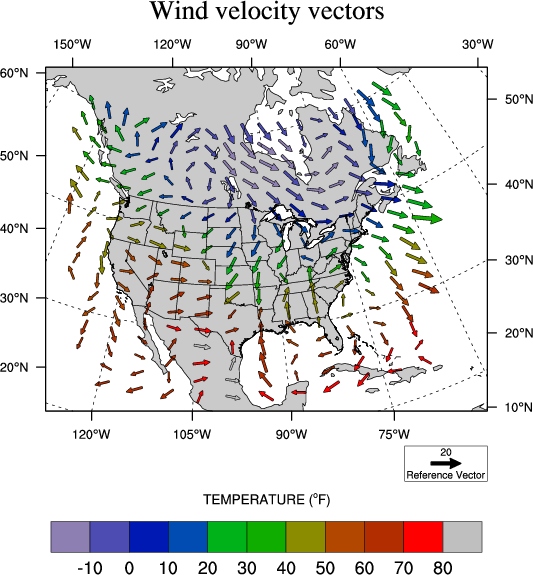

To get the result as a list, the built-in list() function can be called on the map object.
Python map generator#
In Python 3, however, the function returns a map object which is a generator object. In Python 2, the map() function returns a list.Before we move on to an example, it's important that you note the following: Notice the asterisk( *) on iterables? It means there can be as many iterables as possible, in so far func has that exact number as required input arguments. Where func is the function on which each element in iterables (as many as they are) would be applied on. The map() function in python has the following syntax: Let's get a better understanding of how they all work, starting with map. reduce, however, needs to be imported as it resides in the functools module.

map and filter come built-in with Python (in the _builtins_ module) and require no importing. They allow the programmer (you) to write simpler, shorter code, without neccessarily needing to bother about intricacies like loops and branching.Įssentially, these three functions allow you to apply a function across a number of iterables, in one fell swoop. I highly recommend going through them.Map, Filter, and Reduce are paradigms of functional programming.
Python map how to#
, they provide great examples you can run and see how to implement some of the things we learned today. While researching this topic I had some issues as the documentation is not really great, however, on their github page Writing this article has been super fun! Folium offers a lot of configuration options, tons of opportunities to build great maps, and I’ll definitely continue playing with it to make something fun. You can see now on this map, on the top right, a layer selection, which users can use to switch between tiles. Let’s start with plotting the geographical regions, aka the US states: In our example we are going to use the US states to define the regions, and the US unemployment statistics (not real data). They are good at utilizing data to easily represent variability of the desired measurement, across a region.įor creating choropleth maps we need to work with 2 types of data, statistical data for the shades or colors we want to represent, and geo spatial data. Choropleth MapsĬhoropleth maps are popular thematic maps used to represent statistical data through various shading patterns or symbols on predetermined geographic areas (i.e. Just remember to center your HTML so that the marker is in the right place, something I did not do in my example. In this last example, we use HTML to create a DIV element and place some text as a marker, but we could use an SVG and render anything you want. To render some visualizations we will need some data, so let’s get that first: The visualizations are enabled by the libraries vincent But what if we want to show charts in the popups? Is there an easy way? Chart popups for markersįolium provides built-in support for visualizations to any marker type. Markers have tons of configuration options, and since the marker popup expects an HTML there are a lot of possibilities.

Object is created by passing the coordinates to the point, what we want to show on the popup when someone clicks on the marker and the tooltip for the marker among other options. Similar to the first example, first we create a map object, but then we also create a marker object.

Tooltip = "Click Here For More Info" marker = folium.


 0 kommentar(er)
0 kommentar(er)
